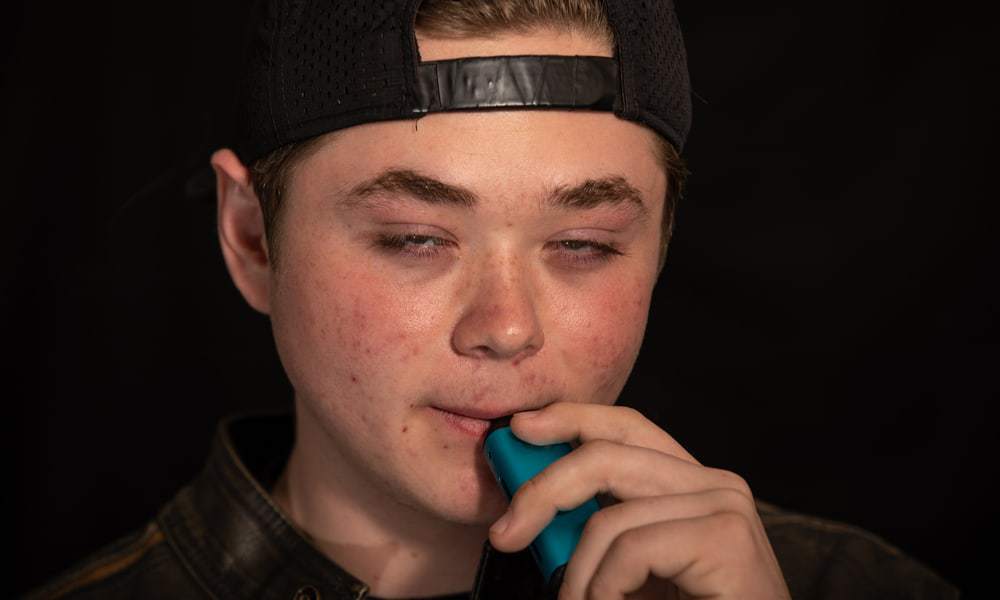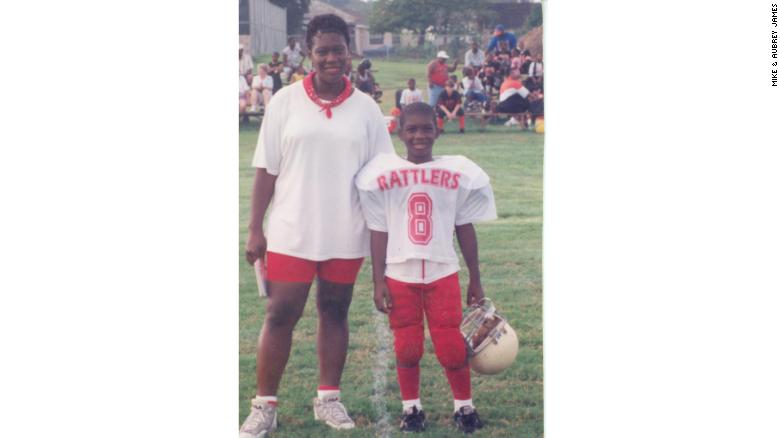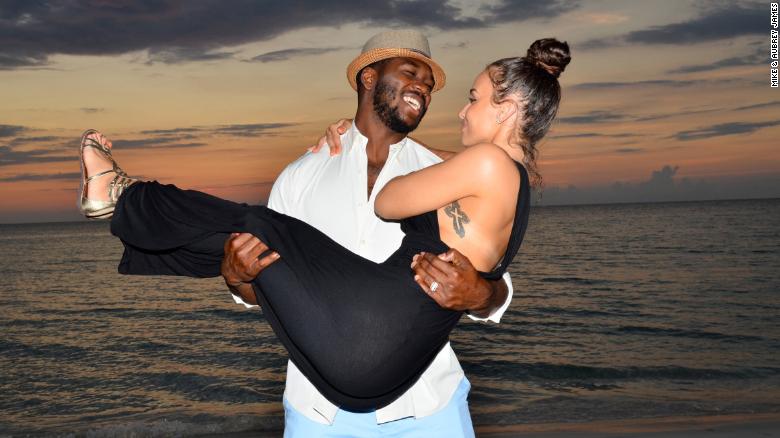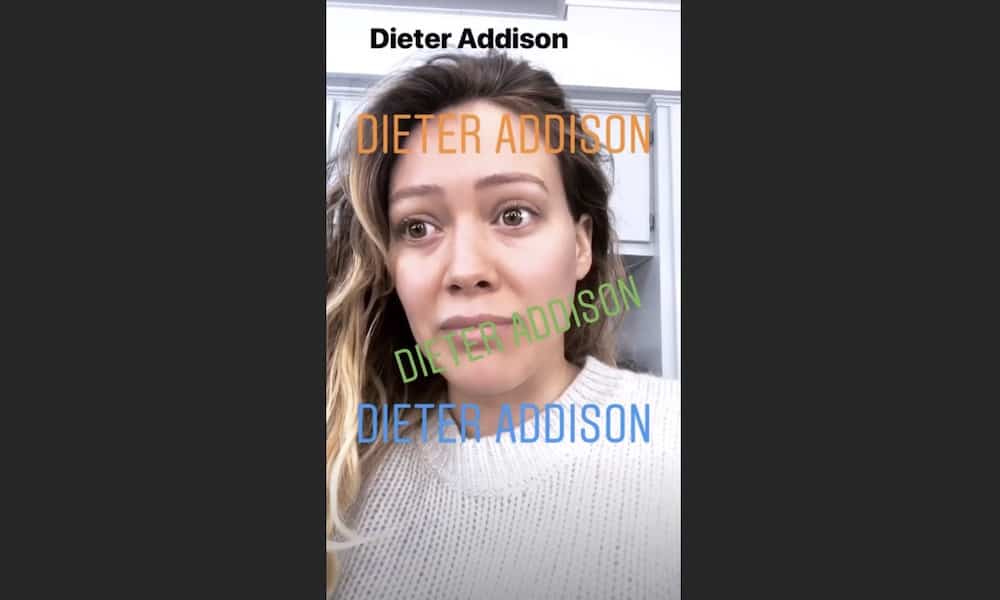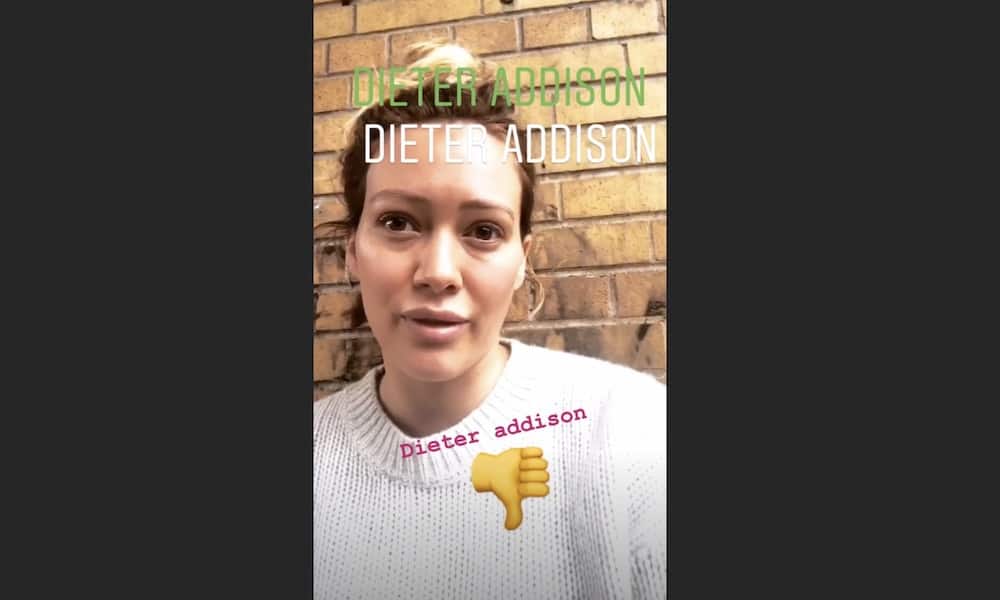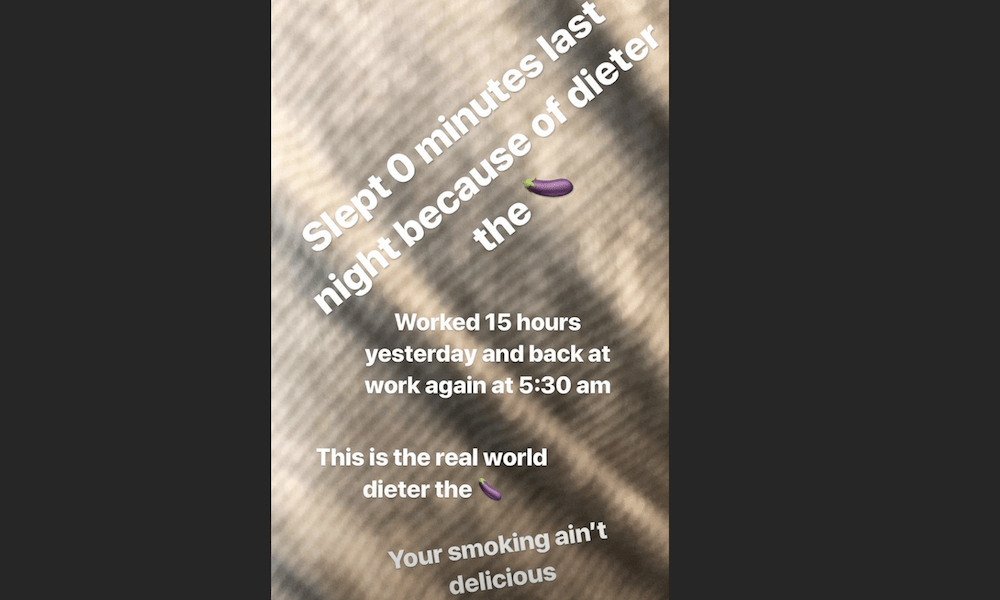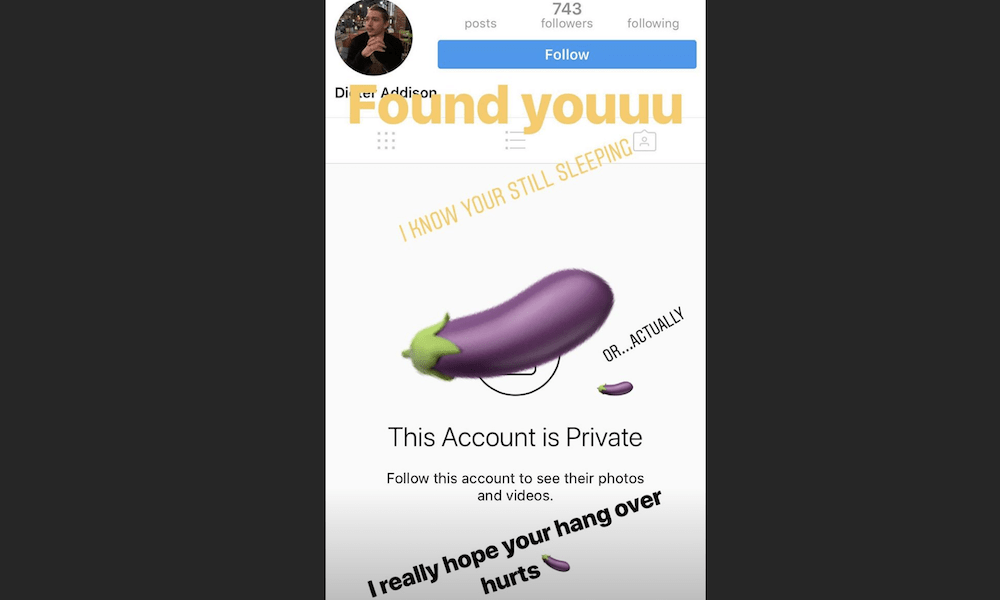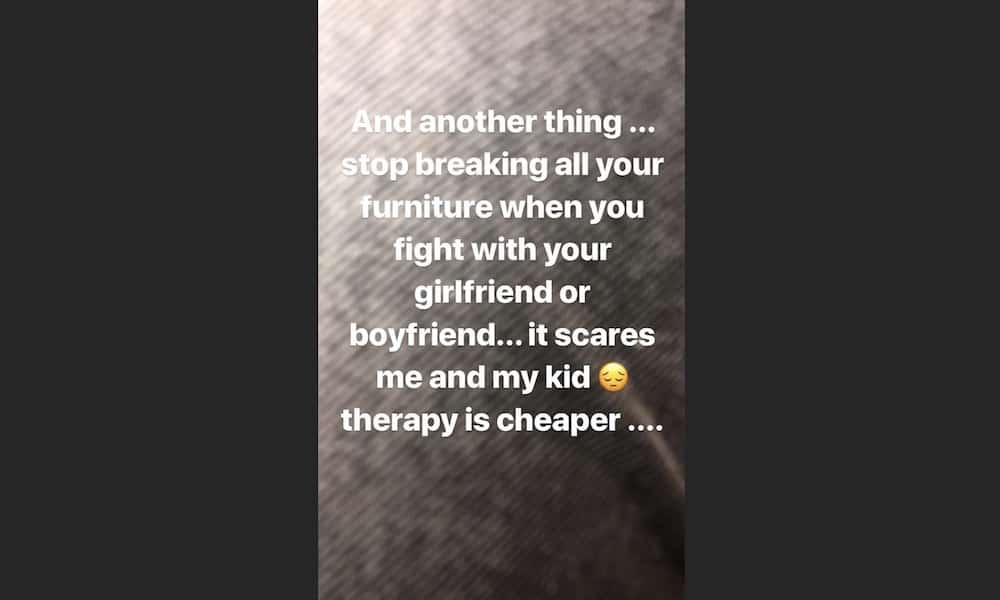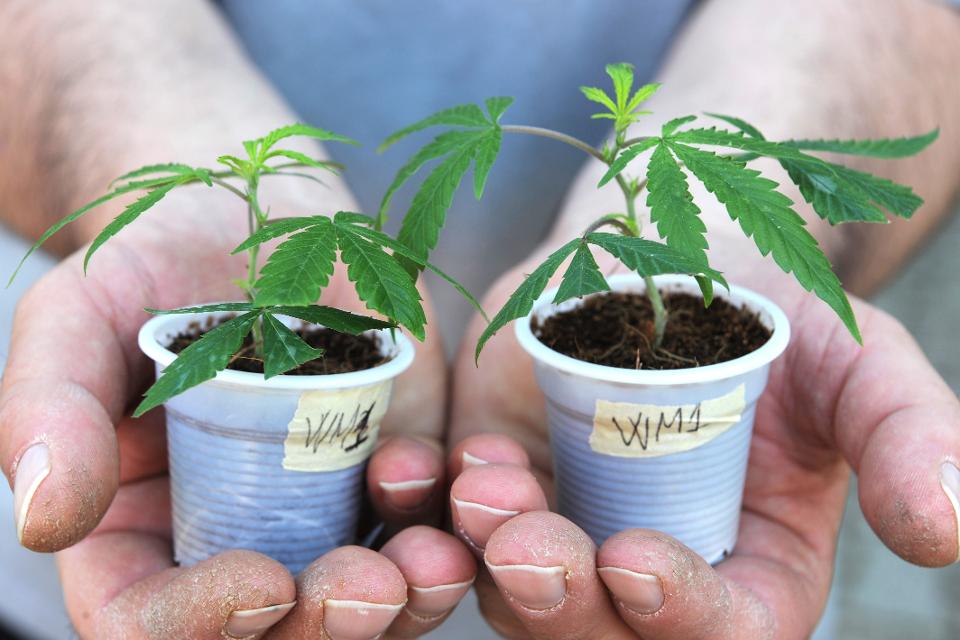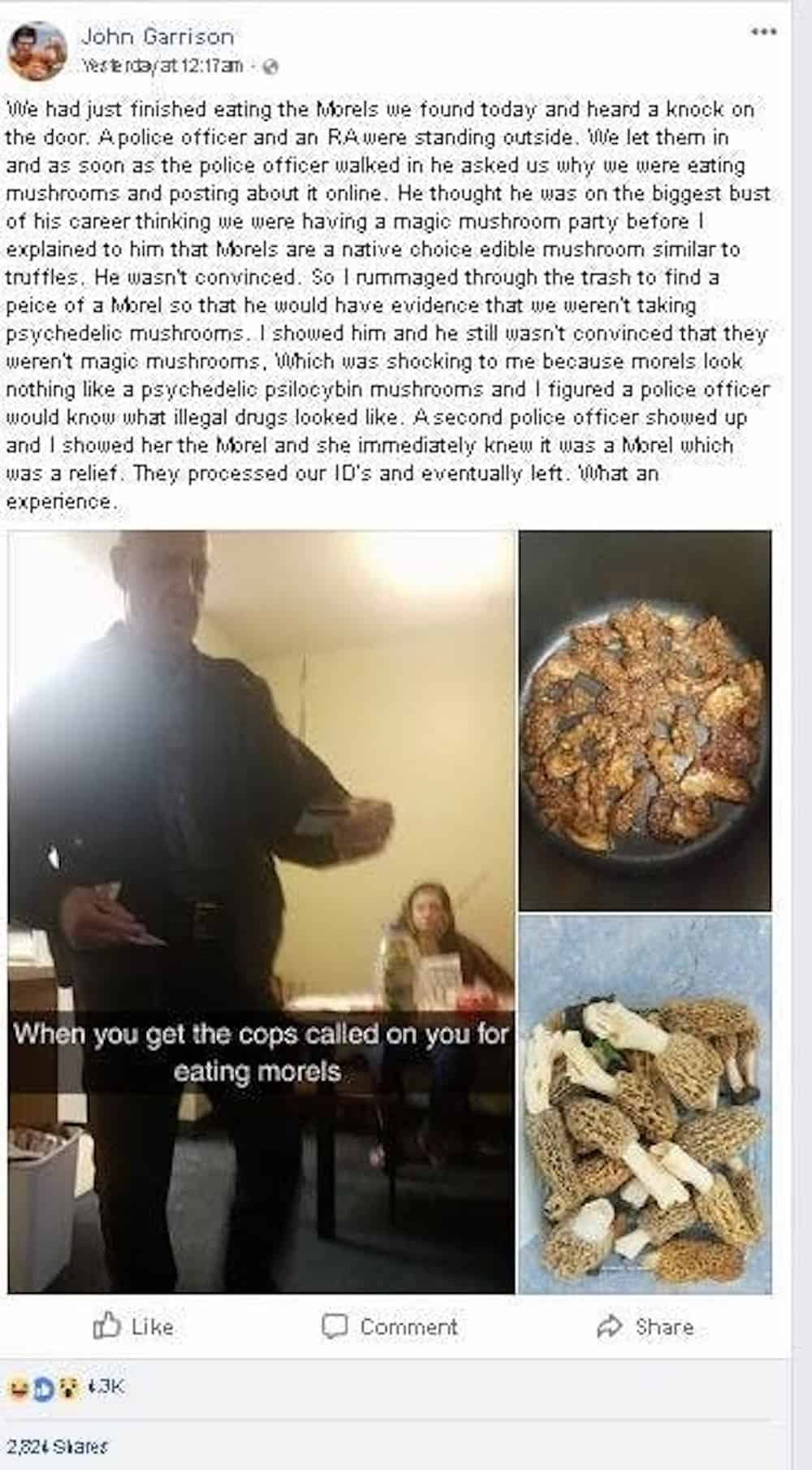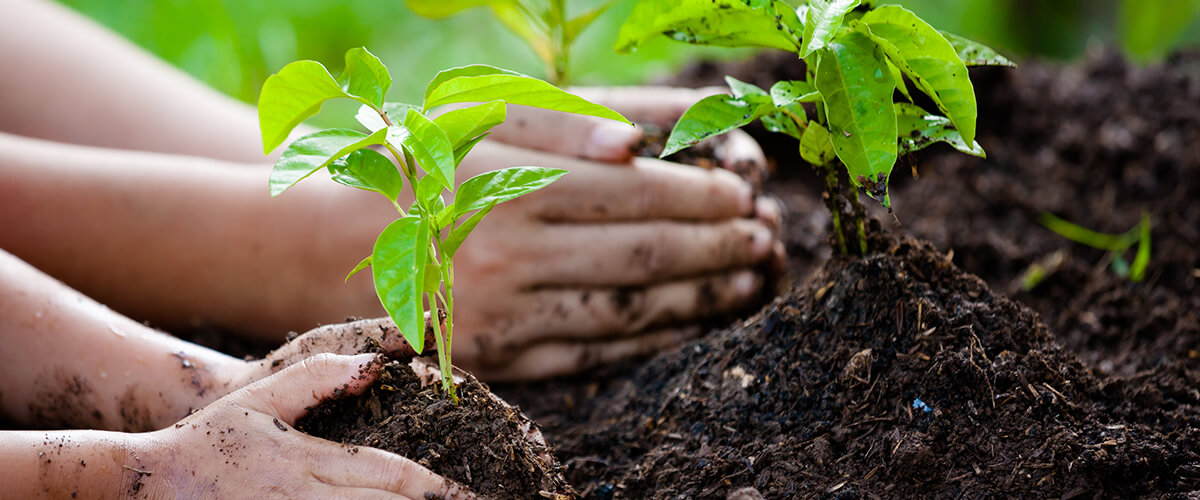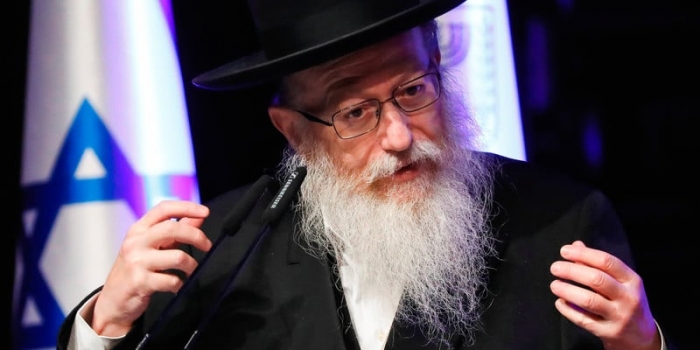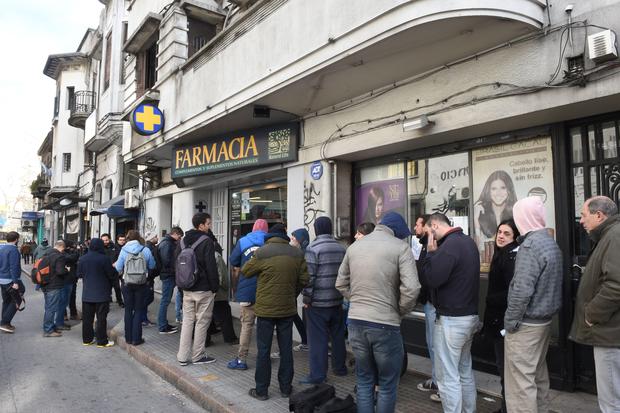Weed YouTubers Speak Out After Having Their Channels Deleted
The video platform has taken to purging selective cannabis content and demonetizing popular channels.
YouTube has been systematically shutting down marijuana-centric channels on its video-sharing site
with little-to-no explanation since at least early 2018. Cannabis YouTubers—or WeedTubers—have been dealt channel strikes, suspensions, and restrictions on the same platform that seemingly used to embrace them. In addition to receiving little information about the purge, creators have been left confused by YouTube’s inconsistent enforcement of standards and policies concerning cannabis content.
“As soon as they decided to close all of our channels down, it’s just been radio silence for every single one of us,” said Josh Young, creator of the channel Strain Central.
Young had been a WeedTuber since 2014, even getting a tattoo of YouTube’s iconic red, “play” button logo on his wrist when he hit 100,000 subscribers about two years ago. He had cultivated a following of nearly 500,000 subscribers with educational cannabis content until his channel was shut down in late April. Young still sees the tattoo as a reminder of how he found both his passion and voice in his YouTube videos but is disappointed to see his channel disappear without a clear explanation.
“I think the weirdest part for me is that for a long time, I had been [regularly] in contact with YouTube,” he said. “I wasn’t doing a lot of the big consumption challenges or anything like that, so I felt like they were a little more open with me… It almost seems like once they made that decision, it was an executive decision for everyone.”
Preparing for the ‘Adpocalypse’
Setting the scene for the creation of YouTube’s vague content policies, the platform has undergone a wide variety of changes dating back to March of 2017, an era dubbed the ‘Adpocalypse.’
Huge brands including Pepsi, Walmart, and Verizon—in addition to institutions like the
U.K. government—
pulled their ads after finding that their spots were featured alongside problematic videos touting political extremist views and hate speech. AT&T issued a statement: “Until Google can ensure this won’t happen again, we are removing our ads from Google’s non-search platforms.” A resounding message heard not only by employees at YouTube, but the creators who relied on the platform for their livelihood.
According to ArsTechnica, YouTube’s response was to place an age restriction on anything that
might be objectionable, which demonetized those videos—essentially meaning they were not eligible for ads, and therefore, would generate no revenue for their creators. Brands were also allowed
to opt out of advertising on videos based on broad criteria, including “tragedy and conflict” or “sensitive social issues.”
As over 400 hours of video are uploaded to YouTube every minute, scouring that content is a huge task—one predominantly carried out by algorithms. Though creators may submit appeals, the process can take several days to complete. This lag upset several creators, who began jumping ship to other platforms, such as Twitch, or soliciting donations via Patreon or PayPal to continue their channels.
The crackdown on content didn’t save YouTube from its next controversy. In December of 2017, YouTuber Logan Paul posted a video depicting a suicide victim in Japan’s Aokigahara forest. Though YouTube condemned the video, Paul, who has 17.5 million subscribers, was not permanently booted from the platform.
Yet the most shocking turn of events came on April 3, when a 38-year-old vlogger shot and wounded three people at YouTube’s San Bruno, CA headquarters before taking her own life. Her videos, whose videos were largely focused on fitness, veganism, and animal rights, had expressed frustration over YouTube’s policies, claiming that many of her videos were demonetized.
All of this sets the scene for what cannabis content creators claim is now happening with their channels, over a year from when this so-called “Adpocalypse” hit.
What’s Happening to Cannabis Channels?
WeedTubers’ channel restrictions and deletions seem to follow a similar pattern. First, content creators first receive a strike.
According to YouTube’s guidelines, strikes can be issues for a variety of issues, including copyright violations; harmful, dangerous, or hateful content; scams, or “misleading metadata.” One strike can stop the channel from live streaming, while two within a three-month period prevents the posting of any new content for two weeks. Strikes are not permanent, can be appealed, and will expire in three months’ time. However, if a channel receives three strikes in three months, that account will be terminated. It’s this strike-to-deletion pathway that seems common among cannabis channels, regardless of the type of content posted.
Matthias Gast said he racked up three strikes on his channel, Matthias710WRX in February. He typically posted reviews of dabbing products and videos in which he took “massive dabs” for his some 100,000 subscribers.
“It was kind of like a Jackass of weed thing, just trying to make people laugh and show them that cannabis isn’t dangerous,” he said. “You can smoke a whole ton of it, and I’m still standing here just fine.”
The first strike was on one such CBD review, in which Gast took a half-gram dab and gave his thoughts on how he felt.
He admits the second video strike, which featured the inclusion of a psychedelic mushroom, made more sense to remove. Yet his third came minutes after posting a video about a trip to Hawaii containing footage of him taking dabs and smoking, and his account was terminated within the span of a week. Gast said he was sent a generic email which indicated he was not following the platform’s terms and conditions.
Similarly, Joel Hradecky’s channel boasting 1.5 million subscribers, CustomGrow420, was deleted earlier this year, only to have it reinstated on June 6 without notice. Like Gast, he said he received generic emails from YouTube without specific answers. In one such email, of which he
posted a screenshot to his Instagram account, YouTube writes they do not allow content that “encourages or promotes violent or dangerous acts that have an inherent risk of serious physical harm or death.” Examples included drug abuse, bomb making, and underage drinking or smoking.
“They have lots of alcohol stuff on there” Hradecky pointed out. “It’s just weird because everybody could post [cannabis content] for a long time, and then all of a sudden, everything changed.”
Clark Campbell and Alice Addison, a Los Angeles-based couple who posted cannabis and lifestyle content to their channel, That High Couple, had their channel suspended in April. Campbell works as a digital community manager for a Multi-Channel Network, which means his day job is to work with influencers and content creators on growth strategies. In his experience operating under YouTube’s policies, he sees the rise in strikes and flags as the likely result of an algorithm, not a human monitor.
“Across the board, we’re seeing cannabis tags and cannabis-related titles and topics [being removed]; those are the ones that at least the algorithm, on its basic level, is picking up, flagging, and removing,” Campbell said.
The High Couple received their first strike on April 19 on a video explaining how to roll a joint, followed by a channel suspension. When their channel was reinstated, it came back with two strikes; the second strike was on a 360 tour of a dispensary in Vegas. The couple is now afraid to post any new content, for fear of a third and damning strike. So, they intend to move their cannabis content elsewhere and only post lifestyle and travel content to YouTube.
“It hasn’t been anything we, as content creators, have done differently, it’s just that the platform is changing this year,” Campbell said. “It’s a shame because it’s one of the biggest, most radical changes since I’ve started working with YouTubers, and it’s something that they’re just not communicating enough over what it is they’re flagging.”
While some cannabis YouTubers have had their presence wiped out with no clear path to return, Matt Lamb, who posts educational and how-to content to his Ruffhouse Studios channel, has had his channel reinstated, though not without much back and forth.
Lamb found YouTube supportive when he first started his channel in 2011. He enjoyed repeated invitations to YouTube’s space in Los Angeles, where he both produced content and used their equipment. Another time, said he was introduced to various brands like Chipotle and SweeTarts at a party; he was one of about 15 to 20 other creators and the only cannabis creator present at the time.
Yet about a year ago, he began experiencing demonetization, followed by the complete deletion of his channel. When he reached out to YouTube to ask why, he was told he was using spiders or bots that would artificially inflate view counts, generating fake traffic. Lamb denies this, and said YouTube provided no evidence of what he had supposedly done. On May 29, Lamb’s channel was reinstated and he was sent an email indicating the channel did not violate the platform’s policies. Browse his channel today, and you’ll find his over 400,000 subscribers and video content in tact. Lamb still, however, doesn’t know what went wrong in the first place.
Why the Purging of Cannabis Content?
Given the range of reasons provided in YouTube’s vague emails and the absence of personalized communication, many WeedTubers are left wondering why — and, especially, why now. High Times reached out to YouTube for a statement, and have not received a response at the time of this writing.
Without a clear answer, theories abound. One might argue that cannabis is a stigmatized drug that remains federally illegal, but it’s also considered a medicine in 29 states and legal in 9, as well as D.C. Although this would seem to go against the trend of YouTube not only allowing cannabis content, but seemingly encouraging it for quite some time with invites to film in the YouTube Space with studios and equipment or partner managers assigned to WeedTuber accounts prior to the wave of deletions.
Some hypothesize that YouTube is attempting to become more brand-friendly and more appealing to TV advertisers. Lamb notes that some bigger content creators who cover cannabis but already have ties to TV, like Snoop Dogg and VICE, have been permitted to stay on the site.
Others believe the platform is simply still trying to clean up its content after the Logan Paul outrage by bumping off smaller creators. While cannabis seems to be the common denominators among the WeedTubers we spoke with—whose subscriber counts and content styles vary—it’s not the only genre of channels that’s been experiencing strikes, suspensions, and deletions. Following the Parkland shooting, conspiracy theory and firearm channels
began complaining of similar treatment. In 2017, LGBTQ creators
found their videos were being placed in restricted mode.
It seems the algorithm, blindly flagging and restricting videos containing anything that might be construed controversial in the slightest, is at the core of the confusion leading creators to criticize the lack of transparency at YouTube. And if YouTube is unable to clarify what, exactly, is acceptable on its platform, they could stand to lose a fair amount of creators—which may not matter to them if they’re still getting those advertiser dollars. For creators, it may mean seeking out new, more accepting platforms, or finding niche platforms centered around the communities they love.
